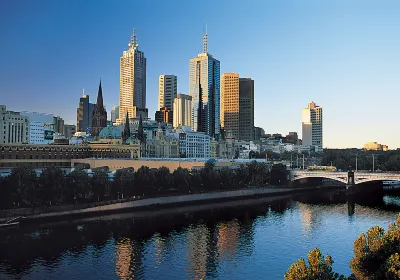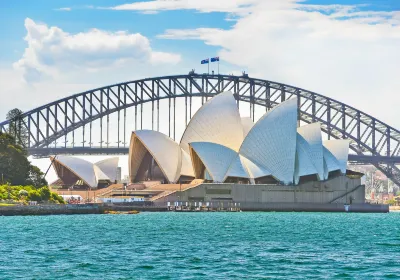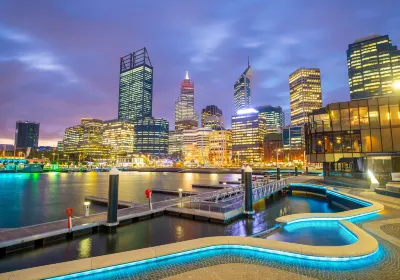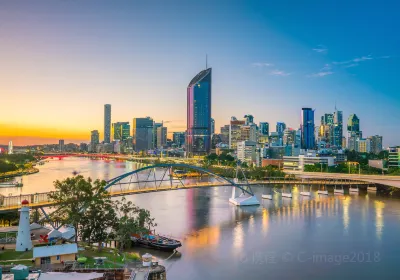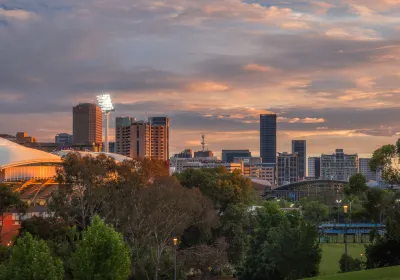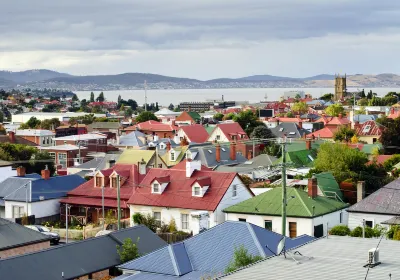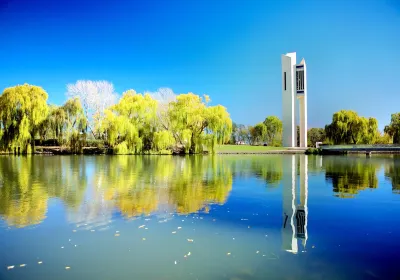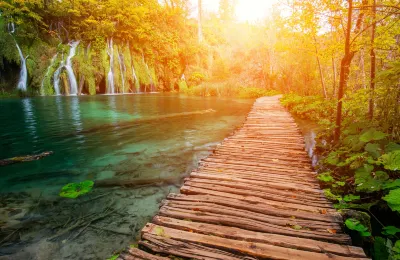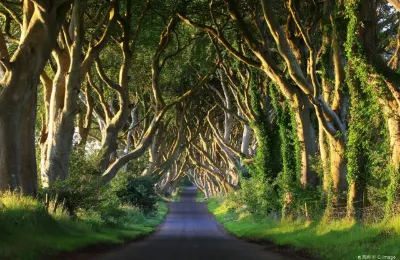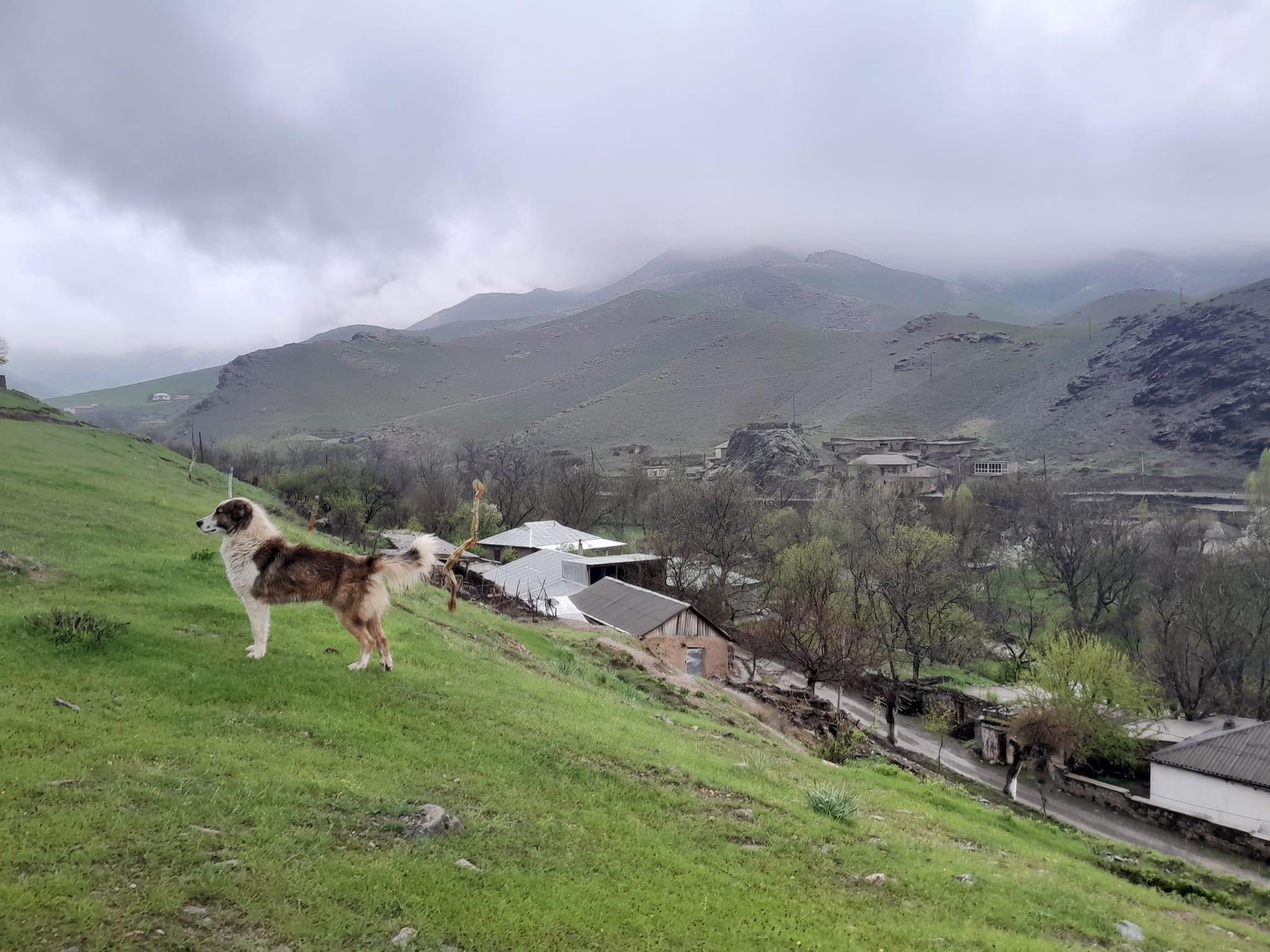Destinations
Popular Destinations
Hay Travel | Ho Chi Minh City Travel | Jakarta Travel | Sydney Travel | Bangladesh Travel | Bali Travel | Langkawi Travel | Phoenix Travel | Japan Travel | Karachi Travel | Burleigh Heads Travel | Philippines Travel | Phonsavan Travel | Lahore Travel | Asahikawa Travel | Gangneung-si Travel | Rouse Hill Travel | Aurora Travel | Alishan Township Travel | Lignano Sabbiadoro Travel | Morgan County Travel | Wiener Neustadt-Land District Travel | Lancaster County Travel | Agde Travel | Eure-et-Loir Travel | Los Silos Travel | Nong Khai Province Travel | Nanjing Travel | Islamabad District Travel | Imphal Travel
Recommended Attractions at Popular Destinations
Bangkok attraction near me | Tokyo attraction near me | Manila attraction near me | Hong Kong attraction near me | Seoul attraction near me | Taipei attraction near me | Los Angeles attraction near me | New York attraction near me | Shanghai attraction near me | Kuala Lumpur attraction near me | Shenzhen attraction near me | Osaka attraction near me | Singapore attraction near me | Guangzhou attraction near me | London attraction near me | San Francisco attraction near me | Beijing attraction near me | Macau attraction near me | Bali attraction near me | Paris attraction near me | Ho Chi Minh City attraction near me | Orlando attraction near me | Jakarta attraction near me | Phuket attraction near me | Chicago attraction near me | Toronto attraction near me | Istanbul attraction near me | Cebu attraction near me | Dallas attraction near me | Seattle attraction near me
Popular Attractions
Disneyland Park | Dreamworld | Sands SkyPark | Temple Street Night Market | Tokyo Tower | Sanur | Old City | Yangtze River Cableway | Shaanxi History Museum | Borghese Gallery and Museum | Xi 'an City Wall | Tiger Park Pattaya | Glenelg Beach | Tokyo Disneyland | Huangshi Village | Mesaieed park for families | Udo | Stone Forest | N.P. UPPER GAULEY PUT-IN SUMMERSVILLE WV. | Sai Ganesh Mandir | Blue Angels RV Park | Municipality Library | Staustufe Ziegenrück | 3G Golf Pt Pleasant Beach | Schloß Kapfenburg | Ashok gurjar park | Tokoroa Mini Golf | Villa Moretti | Merlion Park | St Paul's Cathedral, Melbourne
Popular Travelogues
Bangkok Travelogue | Tokyo Travelogue | Hong Kong Travelogue | Seoul Travelogue | Los Angeles Travelogue | New York Travelogue | Shanghai Travelogue | Kuala Lumpur Travelogue | Shenzhen Travelogue | Osaka Travelogue | Singapore Travelogue | London Travelogue | Beijing Travelogue | Macau Travelogue | Bali Travelogue | Paris Travelogue | Phuket Travelogue | Toronto Travelogue
Popular Travel Photos
Beijing travel photos | Shanghai travel photos | Istanbul travel photos | Los Angeles travel photos | Cebu travel photos | Guangzhou travel photos | Dallas travel photos | Shenzhen travel photos | Orlando travel photos | Toronto travel photos | Osaka travel photos | Tokyo travel photos | Hong Kong travel photos | Macau travel photos | Taipei travel photos | Seoul travel photos | Phuket travel photos | Kuala Lumpur travel photos | Manila travel photos | Ho Chi Minh City travel photos | Paris travel photos | Singapore travel photos | London travel photos | Bali travel photos | New York travel photos | San Francisco travel photos | Seattle travel photos | Chicago travel photos | Bangkok travel photos
Trending Travelogues
Best teamLab Planets TOKYO Guide: Must-Know Things Before You Go | Best Guide to Everland Korea: What to do, Transport, Tickets and More! | Best N Seoul Tower Guide: Must-Knows Before You Go! | Complete Guide to Fansland Web3 Music Festival: Tickets, Artists & More | JR Pass: All You Need to Know About Travel in Japan | Best Thailand eSIM Guide: 5G data eSIM from $5.98! | 🥳Trip.com is giving away 10 nights of free hotel stay! Post one Trip Moment to join now!! | New Trip Moments Community User Level Guide | 2024 Cherry blossoms in Japan: A big feast for the eyes | India Public Holidays in the Year of the Rabbit 2023 | New Trip Moments Community User Levels | 2024 Guangzhou Travel Guide: Plan Your Travel To Guangzhou | 2024 Shenzhen travel | Where To Stay, Eat & Explore | 2024 Chengdu Travel Guide - Best Things to do in Chengdu | Xi’an Travel Guide: Best Things To Do in Xi’an, China | Shanghai Travel Guide: What to Know Before You Visit Shanghai | Guidance of Arrival and Departure cards for international tourists | 2024 An ultimate guide to Legoland Malaysia: A fun paradise for all ages | All you need to know before you go: Singapore entry requirements | All you need to know before you go: Macao entry requirements | The Best Attraction in the UK's Most-visited Cities 2024 | The Most Instagrammable Hotels in London 2024 | 2024 Ski Season: AU vs NZ Guide | Top Easter Getaways for 2024 | Trending Destinations in 2024 | The 10 Best Game of Thrones Film Locations to Visit in 2024 | The hottest things to see and do in Japan 2024 | Romantic destinations for Valentine’s Day in 2024 | Top 10 places to view beautiful cherry blossoms across the globe 2024 | Ultimate guides: How to travel from Singapore to Malaysia?
About
Payment Methods
Our Partners
Copyright © 2024 Trip.com Travel Singapore Pte. Ltd. All rights reserved
Site Operator: Trip.com Travel Singapore Pte. Ltd.
Site Operator: Trip.com Travel Singapore Pte. Ltd.

